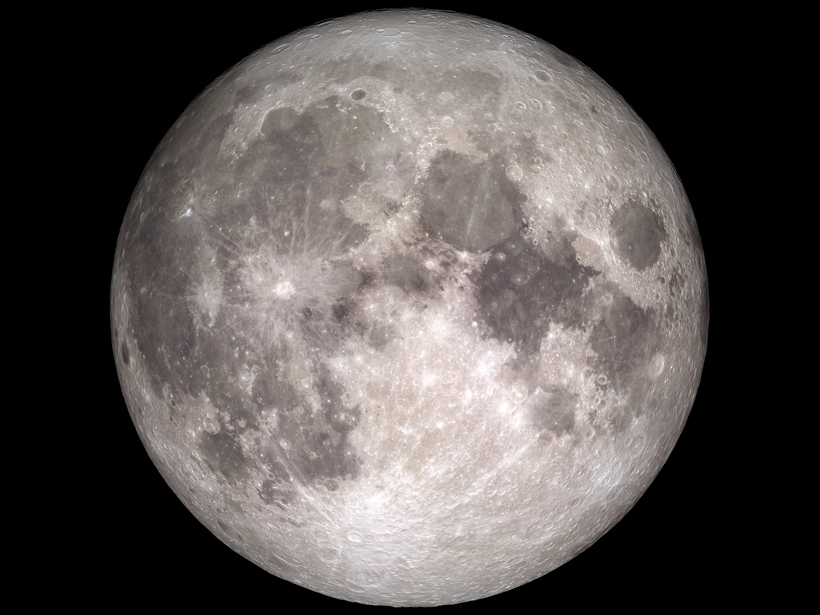Lunar orbiting data show that terrestrial oxygen rains down periodically on the Moon, enticing researchers with an opportunity to study Earth's ancient atmosphere.
Moon
Government OK's Moon Express Mission to the Moon
The company envisions the mission as a first step in bringing resources from the Moon back to the Earth.
Could 3-D Printers Create Shelters for Future Lunar Settlers?
Test of a novel solar-powered printer yielded a prototype construction brick made from simulated lunar soil.
Satellites Reveal the History of the Moon's "Frigid Sea"
The history of aluminum-rich basalts in Mare Frigoris may help scientists better understand the evolution of the lunar mantle.
Interior Water Not Ruled Out for Our Moon, Lab Tests Suggest
The experiments mimicked cooling of magma at the lunar surface. They found that any water in interior molten rock might have escaped so fast at the surface that none was left to be measured.
Subsurface Craters Expose the Moon's Dramatic Past
Scientists use the gravity signature of the lunar surface to trace the history of impact cratering and its role in the Moon's evolution.
Garrick-Bethell Receives 2015 Ronald Greeley Early Career Award in Planetary Science
Ian Garrick-Bethell will receive the 2015 Ronald Greeley Early Career Award in Planetary Science at the 2015 American Geophysical Union Fall Meeting, to be held 14–18 December in San Francisco, Calif. The award recognizes significant early-career contributions to planetary science.
How Did the Moon Get Its Shape?
Scientists find a solution to a 200-year-old problem: syncing the prominent bulges on the Moon with our natural satellite's origins.
Satellite Data Yield Detailed Picture of the Lunar Wake
Researchers use satellite data to characterize the physical properties of the lunar wake and the processes that govern it.
Human and Robotic Missions: To the Moon Again and Beyond
Robotic probes could help us collect samples from the Moon, potentially revealing the origins of our solar system.









